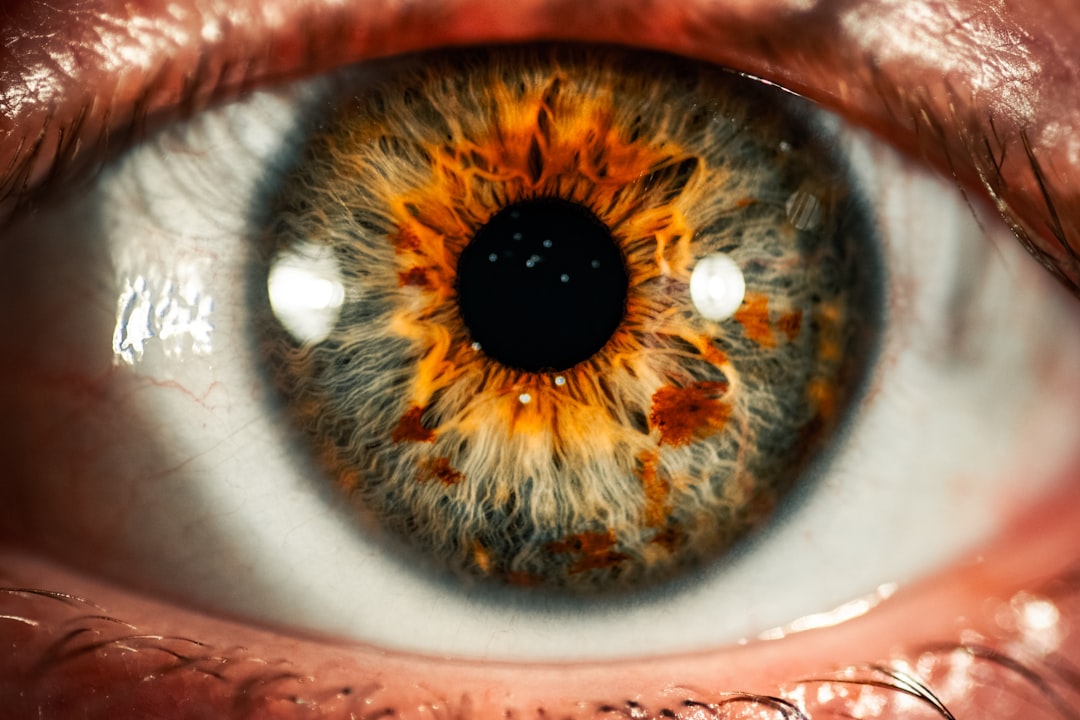What is it about?
Focused ultrasound neuromodulation is an increasingly popular method for stimulating the brain precisely without surgery. However, passing ultrasound through the skull greatly impacts this precision and also considerably reduces the intensity of ultrasound in the brain. It is possible to estimate the effects of skull using computational models; however, this requires a lot of sophistication, time, and computational power. This toolbox allows one to rapidly and simply estimate the effects of skull on focused ultrasound applied at a range of possible settings.
Featured Image

Photo by Robina Weermeijer on Unsplash
Why is it important?
This toolbox is important for reducing the barrier to entry to using focused ultrasound neuromodulation in neuroscience. Specifically, this toolbox may be used in the planning phase of an experiment to determine the practicality of possible experimental designs prior to beginning and experiment without the skills necessary to perform one's own computational simulations.
Perspectives
As someone who got into focused ultrasound in the early days (even earlier days) of this technology, I would have benefitted greatly from the perspective granted by being able to rapidly predict the effects of slightly different ultrasound trajectories, skull thicknesses, and ultrasound parameters on the energy that actually makes it into the brain. I have created this package to give this perspective to the many who are likely to employ this technique in the near future.
Joshua Cain
Read the Original
This page is a summary of: S.M.A.R.T. F.U.S: Surrogate Model of Attenuation and Refraction in Transcranial Focused Ultrasound, PLoS ONE, October 2022, PLOS,
DOI: 10.1371/journal.pone.0264101.
You can read the full text:
Contributors
The following have contributed to this page










